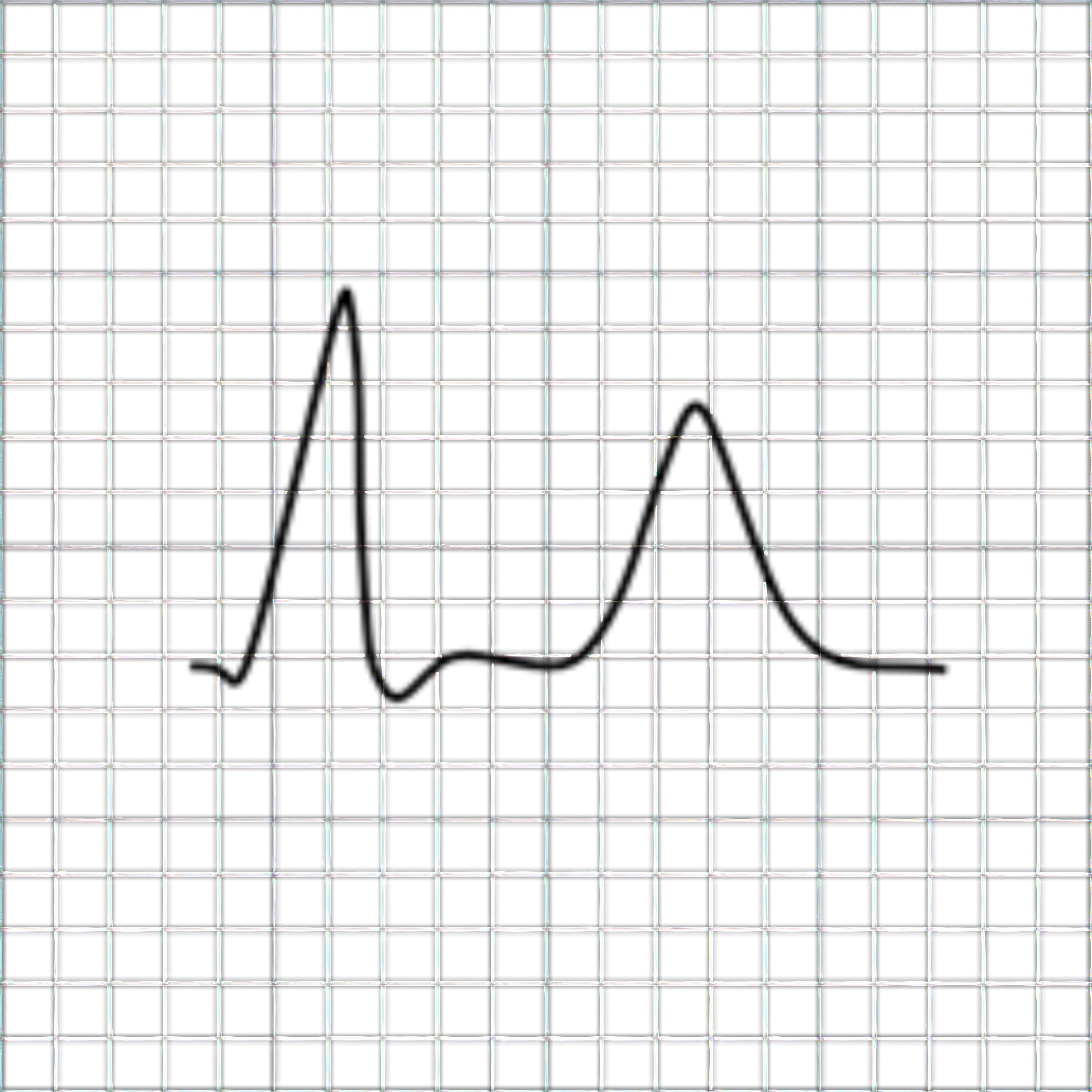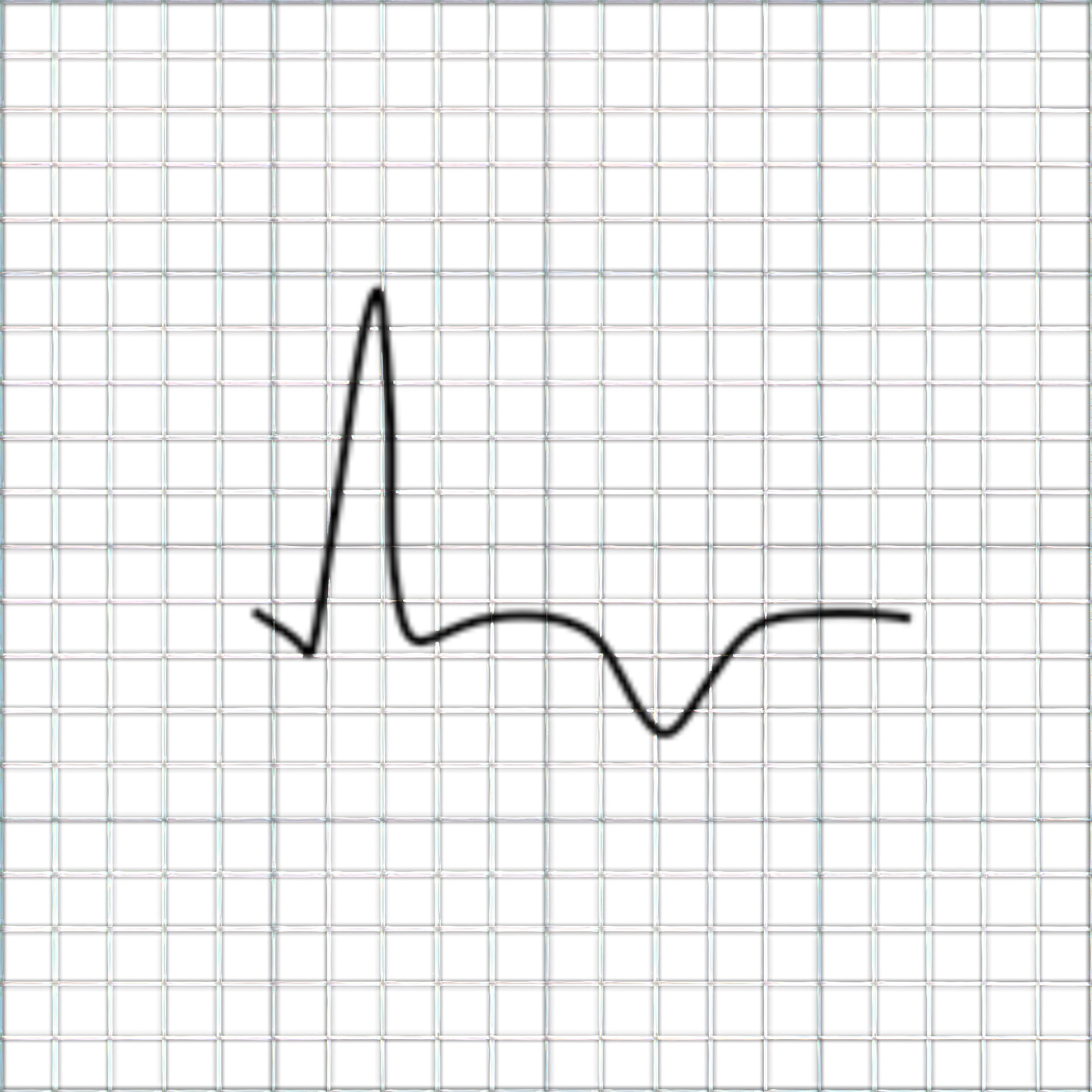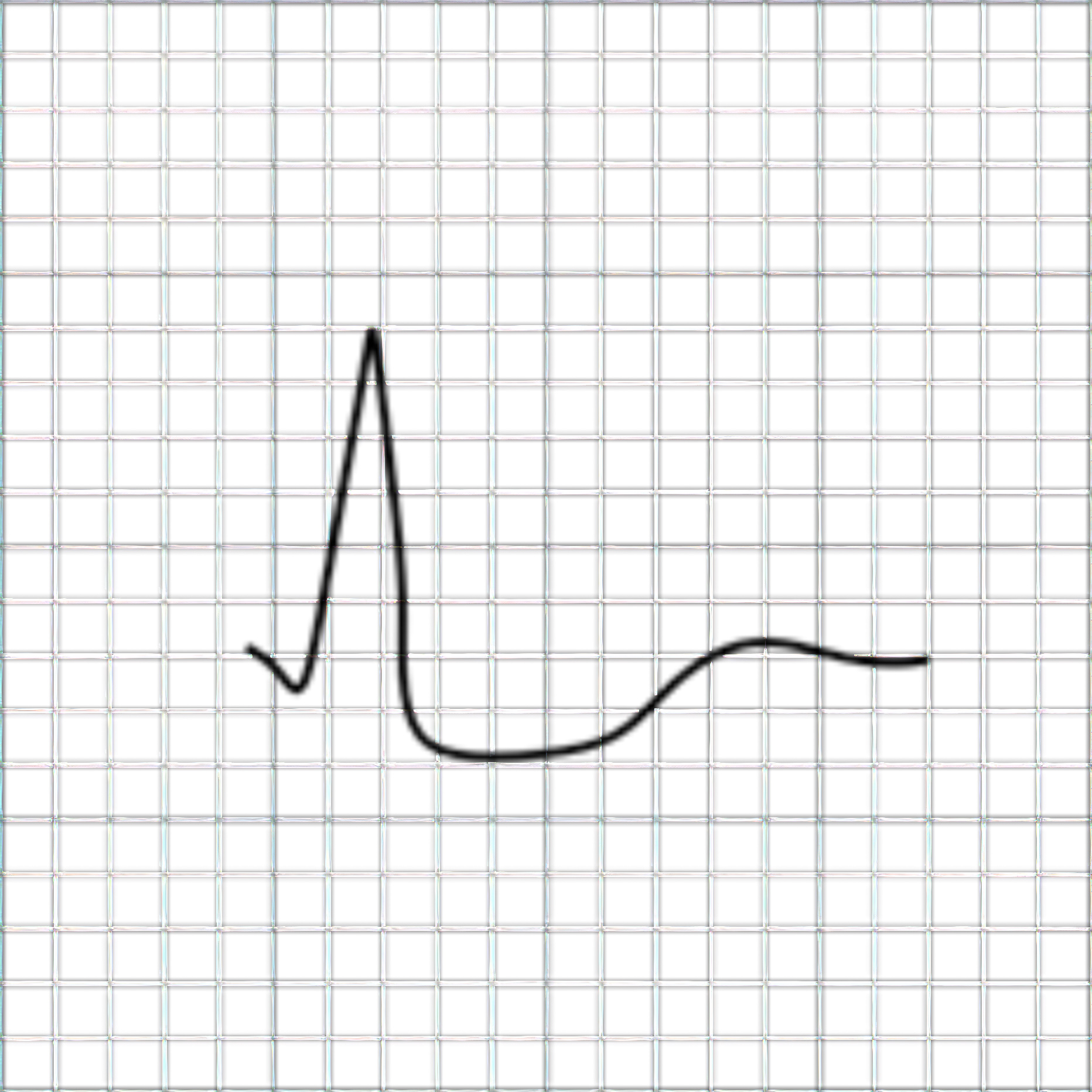Q, ST, and T Vectors in Coronary Artery Disease
Electropathophysiology uses the patterns of impulse vectors to simplify the diagnosis of classical acute and chronic MIs. For example, the elevated ST vector of acute infarction travels toward the region of infarction. The necrotic vectors that produce the pathologic Q wave or qS wave travel away from the infarcted area.
Ischemia causes inadequate perfusion to the heart muscle and is most often caused by coronary artery disease. Ischemia can also result from shock.
The inverted T waves caused by ischemia indicate the impulse vectors are traveling away from the lesion. As ischemia progresses, the innermost layers of the myocardium are affected first, and then the ischemia expands into the outer layers. Without further treatment, ischemic tissue becomes necrotic.
Four Degrees of Cardiac Ischemia
Subendocardial ischemia is the least severe grade of ischemia. The endocardium is the most superficial layer of the heart that can reflect ischemic changes in the ECG. The ECG pattern in subendocardial ischemia is similar to patients with increased serum potassium levels.

ECG tracing Depicting Subendocardial Ischemia
Subepicardial ischemia is a higher grade lesion than subendocardial ischemia. A classic ECG finding is symmetrical inverted T waves.

ECG tracing Depicting Subepicardial Ischemia
A subendocardial lesion is a higher grade of ischemia than subepicardial ischemia. It is represented by ST segment depression. Sometimes a subendocardial lesion can also manifest in patients with LVH.
It can also resemble the ECG changes seen in patients on digitalis or other antiarrhythmic drugs. When a subendocardial lesion is present, ST segment depression can be elicited by significant exercise. A 12-lead ECG treadmill stress test is one way to diagnose patients with suspected subendocardial lesions.

ECG tracing Depicting Subendocardial Lesion
A transmural lesion is the highest grade of ischemia, and it encompasses all the layers of the heart. It is represented by extensive ST segment elevation (see figure 1). Patients with a transmural lesion progress from CAD to acute MI.
The first three stages of myocardial ischemia are reversible with prompt treatment with fibrinolysis and percutaneous coronary intervention. The last stage of ischemia is more challenging unless the cause of the transmural lesion is vasospasm of the coronary artery.